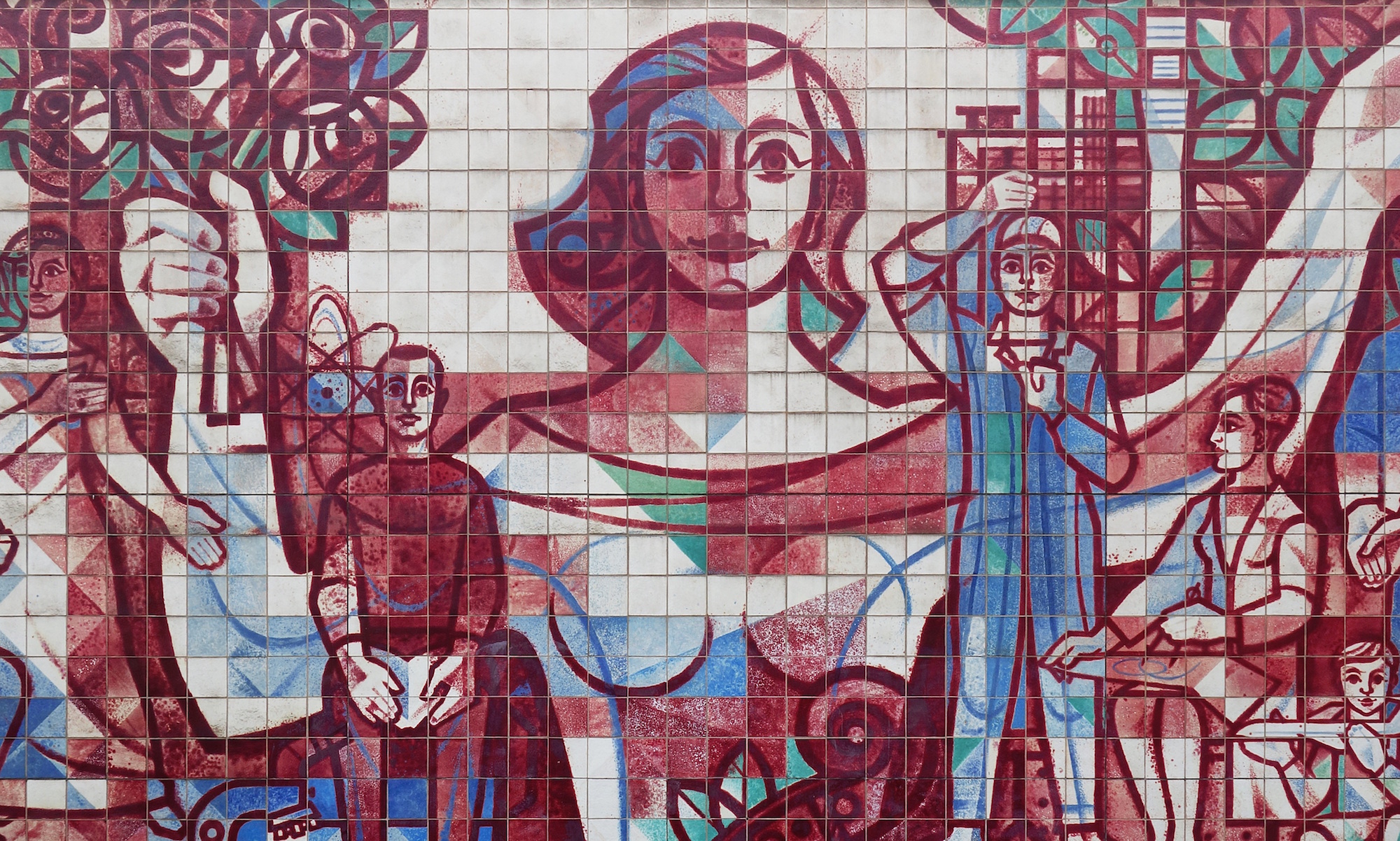
I can’t emphasize enough the importance of great storytelling in nonprofit work. If you want to engage readers, donors and advocates, being able to tell a clear and concise narrative about the work your organization does and why is a requirement.
Whether it’s speaking with or writing to this audience, you should constantly be developing and refining the stories about your organization’s history, vision, campaigns, principles and motivations.
Your stories should be succinct. There’s no need to go into every detail about your organization or vision. When talking about your organization’s history, a quick overview is fine and, if speaking, should take less than two minutes.
Your stories should be about people. If you want to connect with someone else, your stories must focus on real people who are either doing the work or are affected by your work. Don’t focus on programatic details. Focus on the motivations of the people involved in your organization.
Your stories should describe a problem and a solution. Why did your founder create your organization? What motivated them to take an idea and turn it into a real-life campaign? Think of any brand and their founders, stuck in their parents’ garage building something out of the belief that their idea will change the world probably comes to mind.
Your stories should have feeling and emotion. A lot of our work deals with injustice in the world. That makes us angry, sad, frustrated and, ultimately, motivated to take action. We don’t do this work for the money. We do this because there is a wrong in the world and we want justice. If you want to motivate someone to support your organization, you must appeal to their heart.
If someone asks me why I work at Next City, this is what I say:
It’s not unusual for someone like me to say that they love Jane Jacobs. I was greatly influenced by her thoughts on the urban economy. She said that cities, when they’re at their best, are able to transform poor people into middle-class people.
That is my vision for cities. I want our word’s cities to provide opportunities for everyone who lives in them. Our communities should diverse, healthy, safe, beautiful and accessible. I believe strongly in the right to the city.
Unfortunately the world’s cities have a long way to go. Instead of creating a middle-class, some seek to lure it from the suburbs. Instead of providing the best public education available, some seek to destroy it. Instead of ending racism, some build on it through gentrification.
But there’s something that gives me great hope for the future of cities. Everyday we write about people who are changing where they live for the better. These are people who are making cities engines of the middle-class. By us writing about their work, I get to see how they inspire others.
One of our readers recently told me that because of our reporting, her business decided to start hiring formerly incarcerated workers. There are countless other people like her who tell us similar stories. This is what motivates me to keep our work and organization going. This is why I believe that someday we will achieve Jane’s vision.


![[Photo by Spencer Platt/Getty Images]](https://i0.wp.com/cityinvincible.org/wp-content/uploads/2016/04/GettyImages-488588870-670x447.jpg?resize=300%2C200)